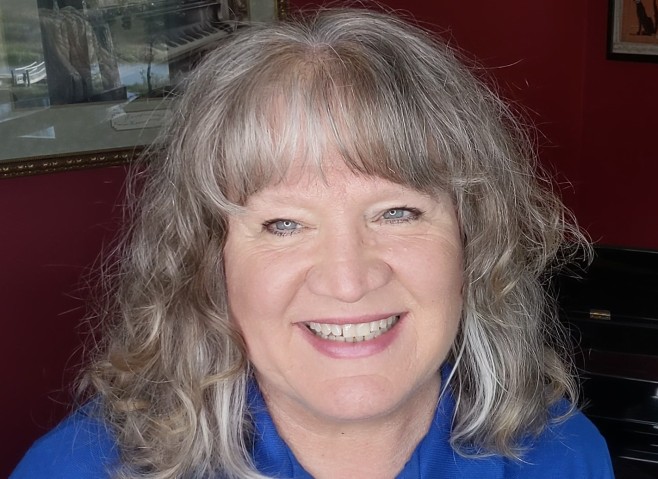You spend hours practicing a piece to get ready for a performance. But is there a difference in practicing in the final stages? The answer is YES! Tip #8 is part three of my practicing series on how to do a performance practice!
Before the Performance
Tip #4 was how to practice, namely spot practicing troubled areas. However, there is a different strategy for practicing in the final weeks and days before a performance.
I used to think once I had worked through all the troubled areas in a piece, I was ready to perform it. However, after several poor performances, I realized that knowing the piece didn’t necessarily mean my performance would be flawless. Indeed, the better you practice and work through all the troubled spots, the better your performance, but other factors also play into it. Here are practice strategies in the final stages before a performance that will help keep your performance smooth. These are things I wish I would have known this in my early years of performing.
#1 Record yourself and listen with a critical ear
After fixing the troubled spots, record yourself. There’s a vast difference between listening while playing and listening to a recording of your playing, where you can listen with a critical ear. As you’re listening, circle areas that you may need to go back and spot practice.
#2 Play the piece without stopping as in performing
Once a piece is learned, and troubled spots fixed, play the piece without stopping as though you’re performing it. Play THROUGH the mistakes, and resist the urge to stop and fix them. As the saying goes, never stop while performing, so you should practice it this way. As you play, imagine an audience is listening to you. The more times you play a piece through without stops, the more confident you’ll be when performing, and the more confident you are, the better you’ll perform!
#3 Play the pice “cold” for a performance practice
The final step to preparing for a performance is how you play the piece “cold,” how you play before warming up. Playing this way is how you will be performing it, so it’s good to practice it this way. It’s also a true test for how well you know the piece. If you still have troubled areas, return to spot practicing.
During the Performance
#4 What you think about while performing matters!

When we learn a new skill, we use the frontal part of our brain, which means we cannot have any other thoughts while doing the task. Remember learning to tie your shoes or driving? You probably couldn’t think about anything else until you had it mastered. Once we’ve mastered a skill, it then goes to the back part of our brain, where we do it without consciously thinking about it. Once you’ve learned a piece, it leaves your thoughts open during a performance, like the fact that people are watching you or not making mistakes. I’ve had performances where I began playing perfectly, but as soon as I thought, “Don’t make a mistake,” is when I DID make one.
Train your thoughts to ONLY think about the music you’re playing and not care that people are watching you. Concentrate on how you’re enjoying playing, and you’ll give the performance of a lifetime!
I hope this tip makes you the BEST music teacher ever!


